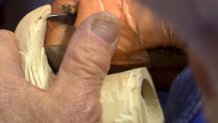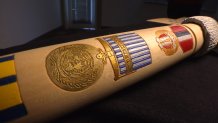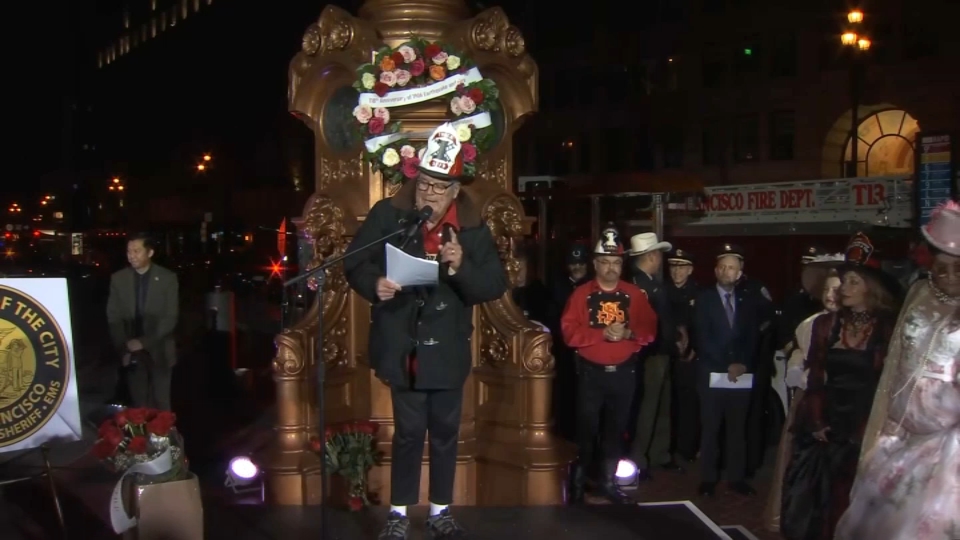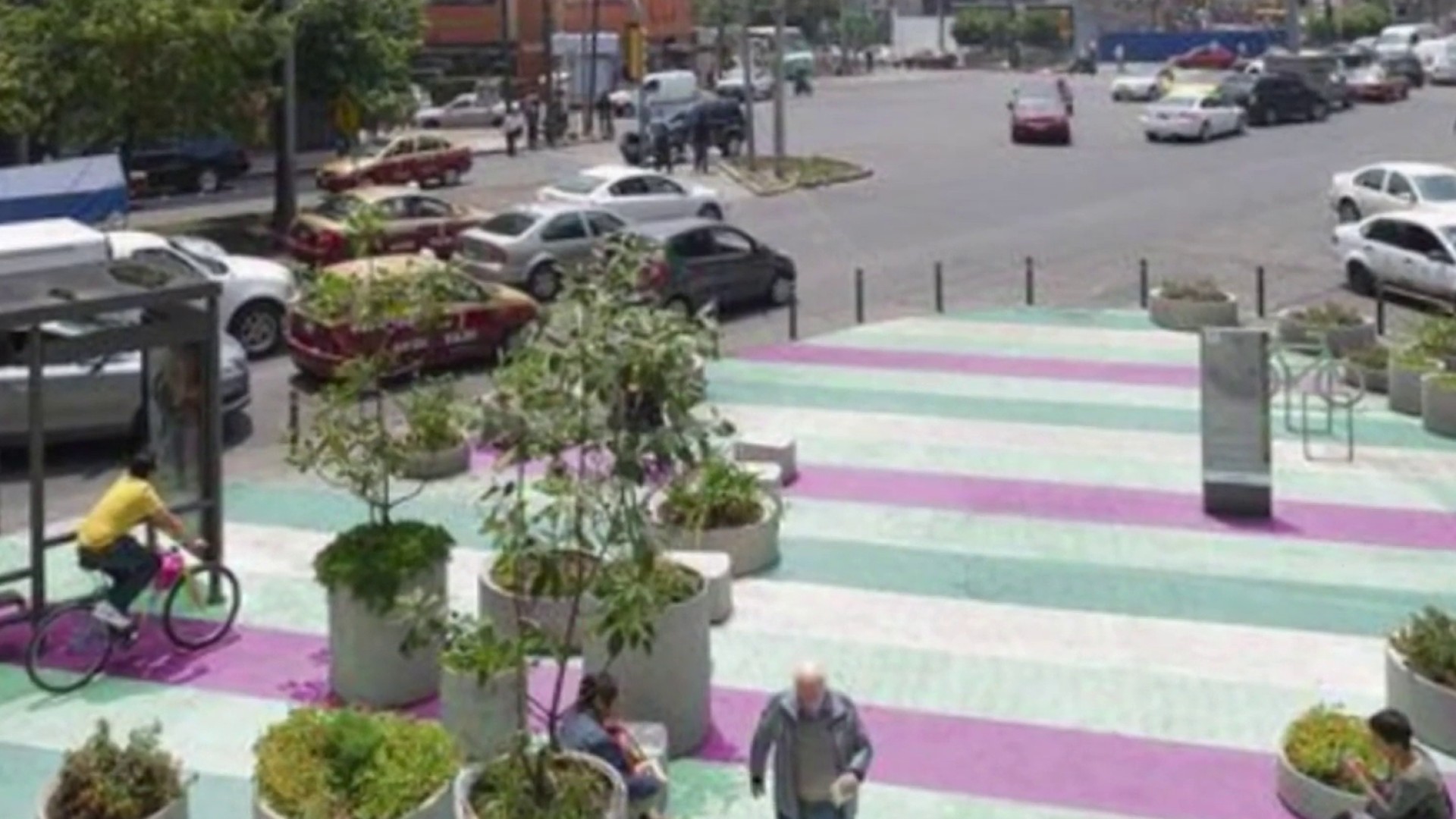When Bob Ahrenkiel shows you a photograph of himself from 1956, one of a smiling 17-year-old in his United States Navy uniform, you notice a few things have changed over the years.
Age may have added a few pounds, and taken away a few hairs, but one thing has not changed.
That smile.
It is the exact same smile that crosses his now-75-year-old face when Bob is asked about his latest military-related endeavor -- carving personalized, ceremonial canes for wounded veterans.
"It becomes a piece of love. I had no idea I even had it in my hands to do that," Bob says. "It comes from someplace else," he adds, pointing to his heart.

Bob is a member of the Tri-Valley Wood Carvers, a group meeting every Tuesday at the Pleasanton Senior Center. It was four years ago that the club president, Bob Kehl, heard about the National Eagle Cane Project. He quickly polled the group to gauge their interest.
Local
"I got overwhelming int erst from the crew," he says.
Since then, the group has carved more than 50 bald eagle heads that sit atop the canes. The shaft, usually made from basswood, is etched with the name and rank of the recipient, along with symbols of his/her personal military history.
WATCH MORE BAY AREA PROUD STORIES
The process begins with an application filled out by a wounded veteran or a family member. The paperwork is then given to one of the carvers who contacts the soldier to talk about the cane and to hear his or her story.
"It is always heart-wrenching to talk to these guys," says carver John Peterson, "a bit overwhelming at times."

As the canes are intended for wounded veterans, almost every one of them has a purple heart on it. There are also symbols for medals they received, units they belonged to, and campaigns they found in.
The carvers say it is impossible to spend the hours necessary to carve one of the eagle heads without contemplating the sacrifice of the person on the receiving end.
Rick Jensen of San Leandro has completed 15 canes. "Each one means a lot to me," Rick says. "They are like a family."

He says a recently received a call from one of the veterans for whom had had carved a cane.
"The fellow gets on the phone and says, 'Thank you very much,'" Rick says, beginning to choke up. "I can't say any more."
When the Tri-Valley carvers began working on the canes in 2010, most of them were destined for veterans at Walter Reed National Military Center in Maryland who had been injured in the wars in Iraq and Afghanistan.
In recent years, as the number of injured in those conflicts has dwindled, the carvers have begun reaching out to veterans homes across the Bay Area looking for more esteemed men and women in the military who they can honor with a very special cane.



